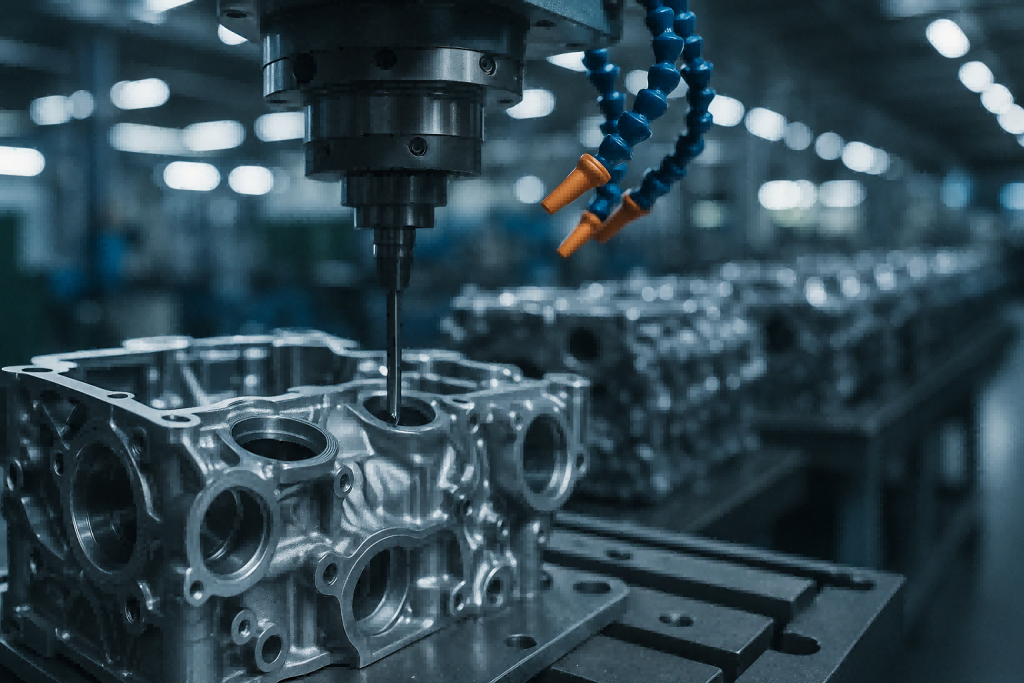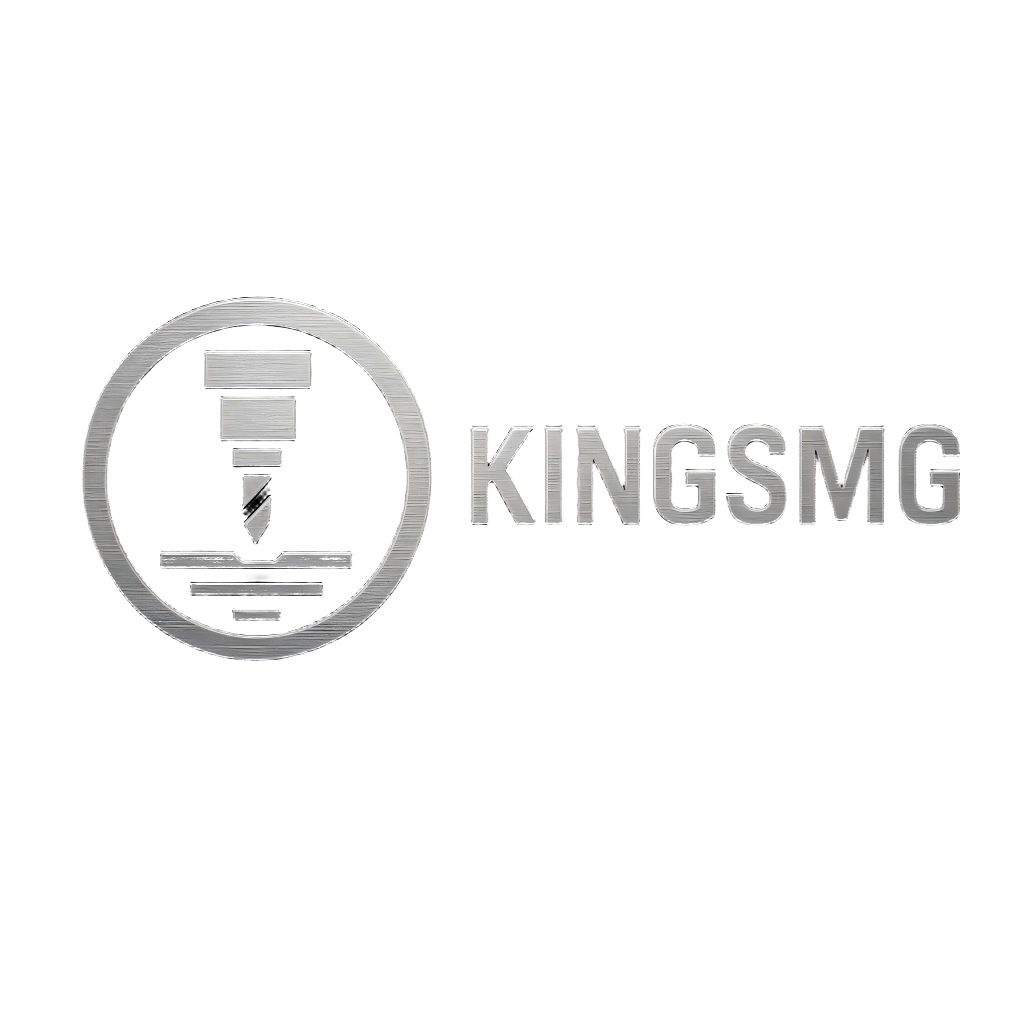Machining Tips & Best Practices
Expert insights from Kingsmg CNC to help you design smarter, machine faster, and achieve better results.
At Kingsmg CNC, we believe that great parts begin with great designs.
Whether you’re creating prototypes or scaling to mass production, following machining best practices can save time, reduce costs, and improve performance.
This guide shares our most valuable CNC machining tips and design best practices to help engineers and product developers succeed.
Our Prototyping Capabilities
📐 Tolerances
- Use standard tolerances (±0.005 in / ±0.127 mm) unless tighter is absolutely necessary.
- Applying tighter tolerances everywhere increases cost and machining time.s
🧱 Wall Thickness
- Minimum recommended thickness: Metals: 1.0 mm Plastics: 1.5 mm
- Avoid unsupported thin walls that may deform during machining.
🌀 Holes & Threads
- Minimum hole diameter: 1.0 mm
- Depth should not exceed 4x diameter
🏗️ Corners & Radii
- Add fillets to internal corners (radius ≥ tool diameter)
- Avoid sharp 90° corners to reduce tool wear and improve machining speed
Best Practices for Efficient Machining

- Design with Manufacturability in Mind
Keep geometries simple and minimize undercuts or deep pockets. - Choose the Right Material
Select materials based on mechanical performance, machinability, and cost efficiency. - Define Critical vs. Non-Critical Surfaces
Apply tight tolerances and finishes only where required. - Leverage Multi-Axis Machining
For complex geometries, 4- and 5-axis machining reduces setups and increases precision. - Communicate Clearly
Include detailed CAD files and engineering notes for smoother production.
FAQ
Q1: How can I reduce the cost of CNC machining?
Simplify designs, avoid unnecessary tight tolerances, and choose cost-effective materials.
Q2: What’s the best way to prepare my CAD files?
Provide STEP or IGES files with clear feature definitions, along with 2D drawings if tolerances are critical.

